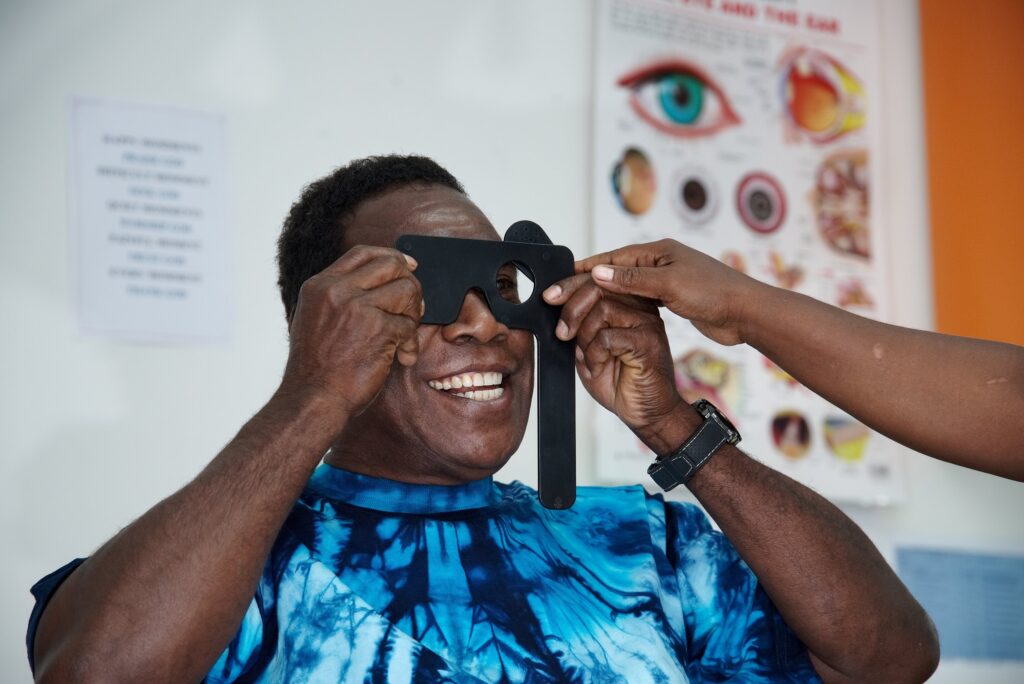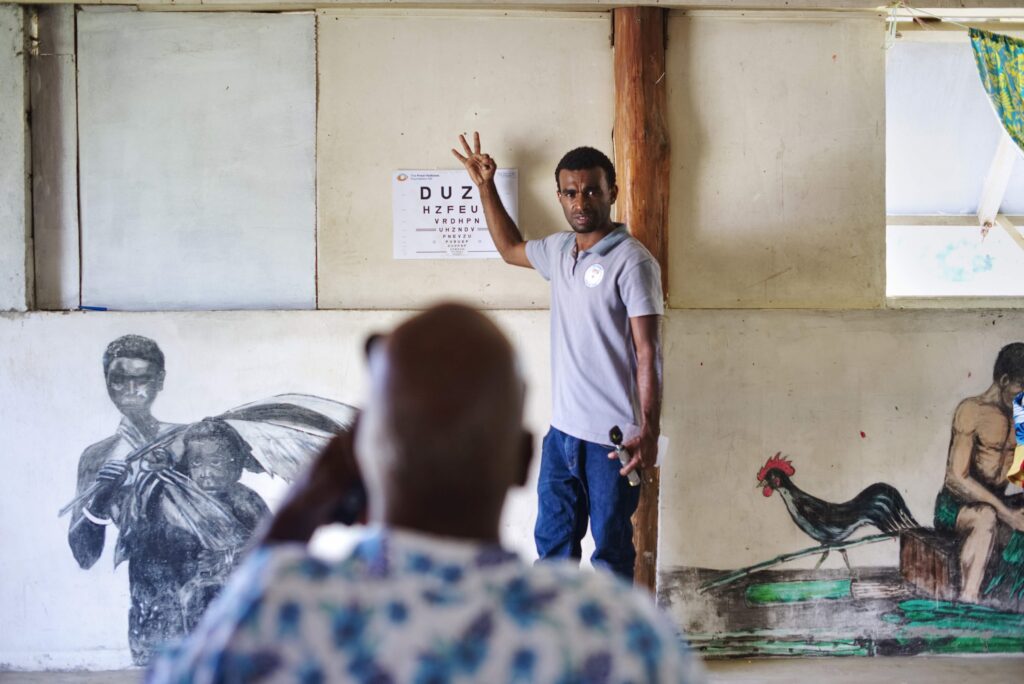
Risk
Charities need funders to take more risks.

Charities need funders to take more risks.
Too much caution can narrow the range of people and organisations funded and what that funding can achieve.
The framework is designed as a bridge, creating greater alignment between strategy and practice by providing a structure for interrogating the balance to be achieved between ‘the things we care about’ (positive risk) and ‘the things that we worry about’ (risk mitigation). This enables challenges and inconsistencies to be ironed out before going on to the practical question about how risk is to be identified and managed day-to-day. The framework encourages you to think about risk in relation to:
Each attitude or aspiration is plotted on a spectrum, enabling you to consider your position between two extremes. The spectrums do not automatically map onto a high/low risk continuum. Rather, the aim is to build a clear understanding of where your foundation, or a particular programme, sits on each spectrum. This provides a shared reference point in working out the detail of how best to manage risk in day-to-day practices – and what questions and processes can safely be set aside.
1. Clarity of starting point
The framework assumes that your foundation has a clear strategy and values in place. It can then act as a conversation starter, reframing discussion about risk so that it looks at the range of judgements and considerations (both positive and negative) that underpin decisions about risk in relation to strategy and values.
2. Neutrality
The framework makes no assumptions about right or wrong in terms of where a foundation positions itself in relation to different types of risk. Rather, the question is: ‘if this is our strategy, are we taking the right approach to risk?’. The challenge is to create real coherence between your foundation’s values and strategy, its risk appetite and the way it works, and then to express this clearly to applicants and grantees.
3. A mixed approach
Foundations rarely have a single risk profile across all their different types of grant-making. In making the connection between strategic intent and day-to-day practice, the framework needs to be applied to each distinctive area of your foundation’s work, so that the processes used to assess and manage grants are tailored to how risk is seen in these different areas, and not just applied in the same, or very similar, way across everything it does.
In 2019, we carried out a learning review of The Queen Elizabeth Diamond Jubilee Trust (QEDJT), which was established in 2012 to mark and celebrate Her Majesty The Queen’s 60 years as Head of the Commonwealth. Trustees decided to dedicate nearly £80million to a five-year strategic programme to tackle avoidable blindness. Across the world, 285 million people are visually impaired, of whom 39 million are blind. Yet 80% of blindness and visual impairment is curable or treatable. Good quality eye care is a scarce resource for millions of people across the globe, including in many Commonwealth countries.
By any stretch of the imagination, this was a bold ambition. The learning for foundations interested in framing their work around a tightly defined goal includes:
This was also a potentially risky initiative. Our evaluation highlighted four key areas of focus for foundations considering their risk appetite and their approach to innovation:




With thanks to Justlife and the Queen Elizabeth Diamond Jubilee Trust/Rob Beechy/Duck Rabbit/Darren James for the photos used on this page.